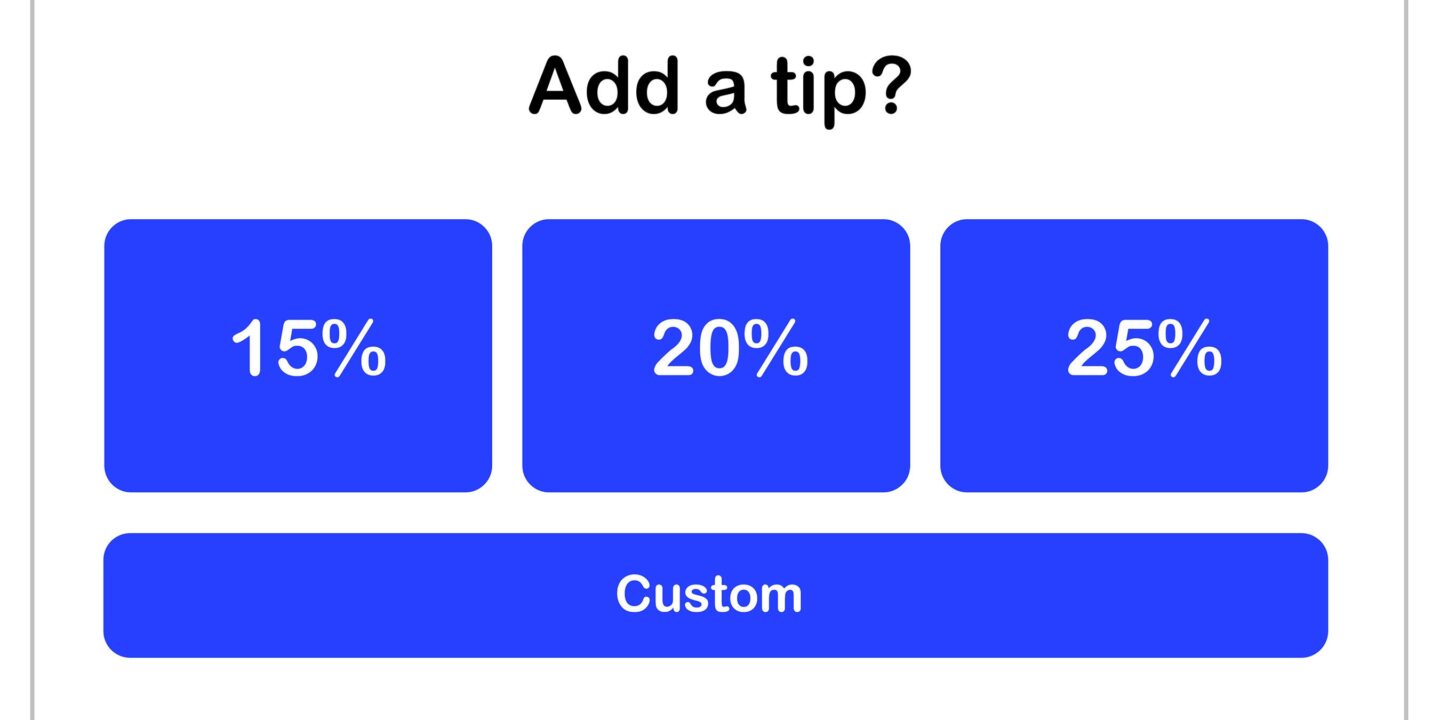
Tip screen have become a common feature in various industries, from restaurants to retail, and they play a significant role in enhancing revenue and customer experience. This blog post will explore the concept of tip screens, the different types available, and how they can be effectively implemented to benefit both businesses and customers.
Understanding Tip Screens
What is a Tip Screen?
A tip screen is a digital interface that prompts customers to leave a gratuity after a purchase. Typically found on point-of-sale (POS) systems or mobile payment devices, these screens often display suggested tip amounts based on the total bill. While they aim to increase employee earnings, they can also lead to customer discomfort if not managed properly.
The American Tip System
In the United States, the American tip system has evolved significantly over the years. Traditionally, tipping was a way for customers to reward service workers for good service. However, with the rise of digital payment systems and tip screens, this practice has transformed into an expectation rather than a choice. Many consumers now feel pressured to tip, leading to what is known as “tip fatigue.”
Types of Tip Screens
There are several types of tip screens that businesses can utilize:
- Standard Percentage Options: These screens typically present customers with suggested percentages (e.g., 15%, 20%, 25%) based on their total bill.
- Custom Amount Fields: Some systems allow customers to enter a custom tip amount, providing flexibility for those who want to tip based on their discretion.
- Round-Up Options: This type allows customers to round up their total to the nearest dollar, with the difference going as a tip.
- Service-Based Suggestions: These screens may suggest tips based on the level of service received (e.g., excellent, good, fair), which can help align gratuity with customer satisfaction.
- Loyalty Integration: Some advanced systems integrate loyalty programs, allowing customers to earn points or rewards for tipping.
The Impact of Tip Screens on Revenue
Increasing Employee Earnings Implementing a tip screen can significantly boost employee earnings. Studies have shown that digital tipping often results in higher gratuities than traditional cash tips. For example, many consumers report that they tend to tip at least 10% more when using digital platforms due to the convenience and ease of selecting suggested amounts12.
Driving Customer BehaviorTip screens can influence customer behavior by creating a sense of social obligation. When presented with suggested tips, many customers feel compelled to conform to social norms and leave a gratuity—even if they initially did not intend to do so12. However, businesses must be cautious; excessive prompting can lead to negative feelings toward tipping and even result in customer backlash.
Balancing Customer Experience and Revenue
Avoiding Tip Fatigue While tip screens can enhance revenue, they can also contribute to tip fatigue, where customers feel overwhelmed by constant requests for gratuities. A recent survey indicated that 70% of consumers believe they are being asked for tips too often. To mitigate this issue, businesses should consider:
- Limiting Tip Requests: Only prompt for tips in situations where service warrants it.
- Providing Clear Options: Ensure that opting out or selecting a custom amount is straightforward for customers.
- Educating Staff: Train employees to approach tipping conversations without making customers uncomfortable.
Enhancing Customer Experience
Creating Positive InteractionsTo improve customer experience while using tip screens, businesses should focus on creating positive interactions throughout the transaction process. This includes:
- Personalized Service: Friendly interactions with customers can enhance their overall experience and increase the likelihood of tipping.
- Feedback Mechanisms: Implementing feedback options allows customers to express their satisfaction or dissatisfaction with their service experience.
- Transparency in Pricing: Communicating pricing structures helps build trust and reduces feelings of being “tricked” into tipping2.
Conclusion
Tip screens represent a modern evolution in the tipping culture within the American service industry. By understanding the different types of tip screens and their impact on revenue and customer experience, businesses can implement strategies that maximize benefits while minimizing potential drawbacks. Striking a balance between encouraging gratuities and respecting customer preferences is crucial for long-term success in this increasingly digital landscape. By focusing on thoughtful implementation and maintaining open communication with customers regarding their experiences with tipping, businesses can foster an environment where both employees and patrons feel valued and respected.
For More, Click Here














